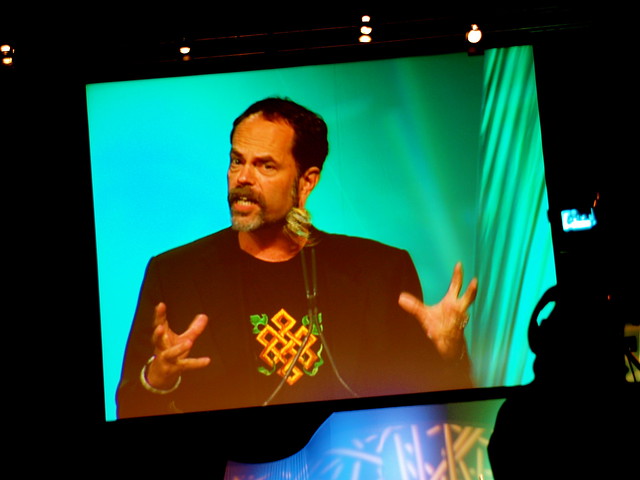Consumers often turn to peer-to-peer advice to help plan their holidays and increasingly these conversations are happening through social media. That's why the City's PR team has recruited online volunteer ambassadors to help promote Ocean City as a vacation spot.
20 Ocean City Insiders have been chosen to represent the area by spreading positive and valuable online information to potential visitors. They offer travel advice, suggestions and answer questions on social networks such as Facebook, Twitter and TripAdvisor, and through a special area on the municipal website.
So far results are impressive:
- Insiders have provided over 8500 answers to questions posted to the Town website.
- In four months there were 100,000 unique visits to Insiders sections of ococean.com.
- There have been hundreds of thousands of impressions to ambassador-posted content.
City merchants support the program and hard working Ocean City tourist staff benefit from having additional online help, which means:
- Less time spent answering questions.
- Ensuring the accuracy of answers and reviews that other people post online.
- Increasing search engine optimization for the City website.
- Enhancing Ocean City’s online presence.
The program has the hallmarks of a great online campaign - positive user generated content, limited budget and authenticity. Real people talking passionately about a place they love.







